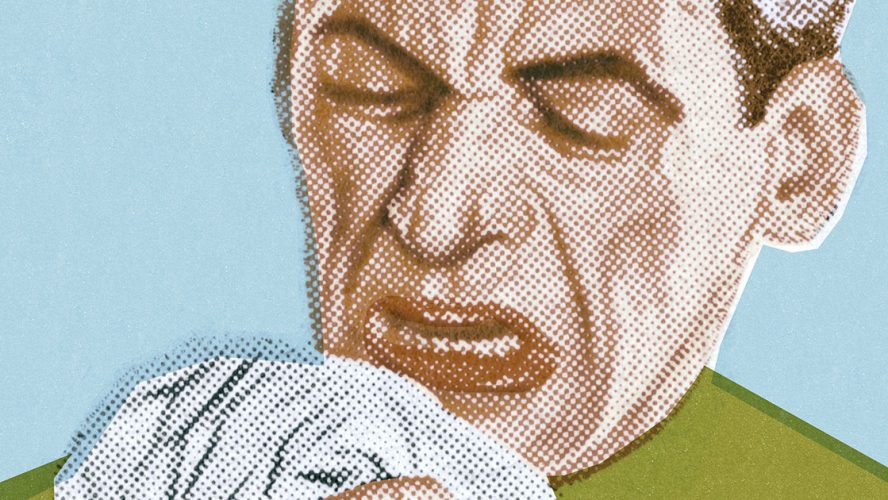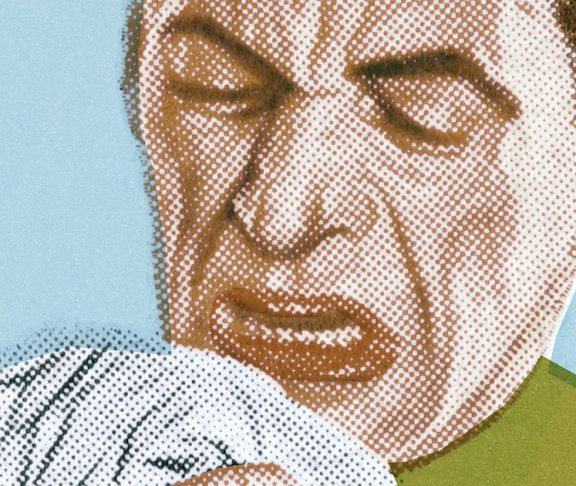Asthma symptoms may include wheezing, coughing, chest tightness and trouble breathing, particularly in the early morning or at night. In a severe asthma attack, the airways close so much that other vital organs in the body do not get enough oxygen.
Many people have allergic asthma, a condition where allergens — like dust mites, mold, animal dander, pollen and cockroaches — make asthma symptoms worse. Asthma can also have non-allergic triggers including smoke, pollution, cold air or changes in weather. Others have asthma symptoms only when exercising or playing a sport. This is called exercise-induced bronchoconstriction.
Children with asthma may show the same symptoms as adults, but in some children a chronic cough could be the only symptom.
Monitoring symptoms
The bottom line is that the symptoms of asthma and the best treatment for you or your child may be quite different than for someone else with asthma. But if you notice one or more of the common symptoms, it is time to see an allergist or immunologist.
Coughing that is constant, made worse by viral infections, triggered by exercise and cold air, or that occurs while sleeping could indicate that someone has asthma. Symptoms like persistent coughing and related breathing problems — such as wheezing, shortness of breath or rapid breathing — are also easy to recognize when they cause problems sleeping or cause a child to avoid exercise or social activities. Additionally, watch for signs of fatigue, chest tightness (when a child says their chest “hurts” or “feels funny”) and, in infants, problems feeding or grunting while feeding.
While there is no cure for asthma, symptoms can be controlled with the proper diagnosis, medication and an asthma management plan.

